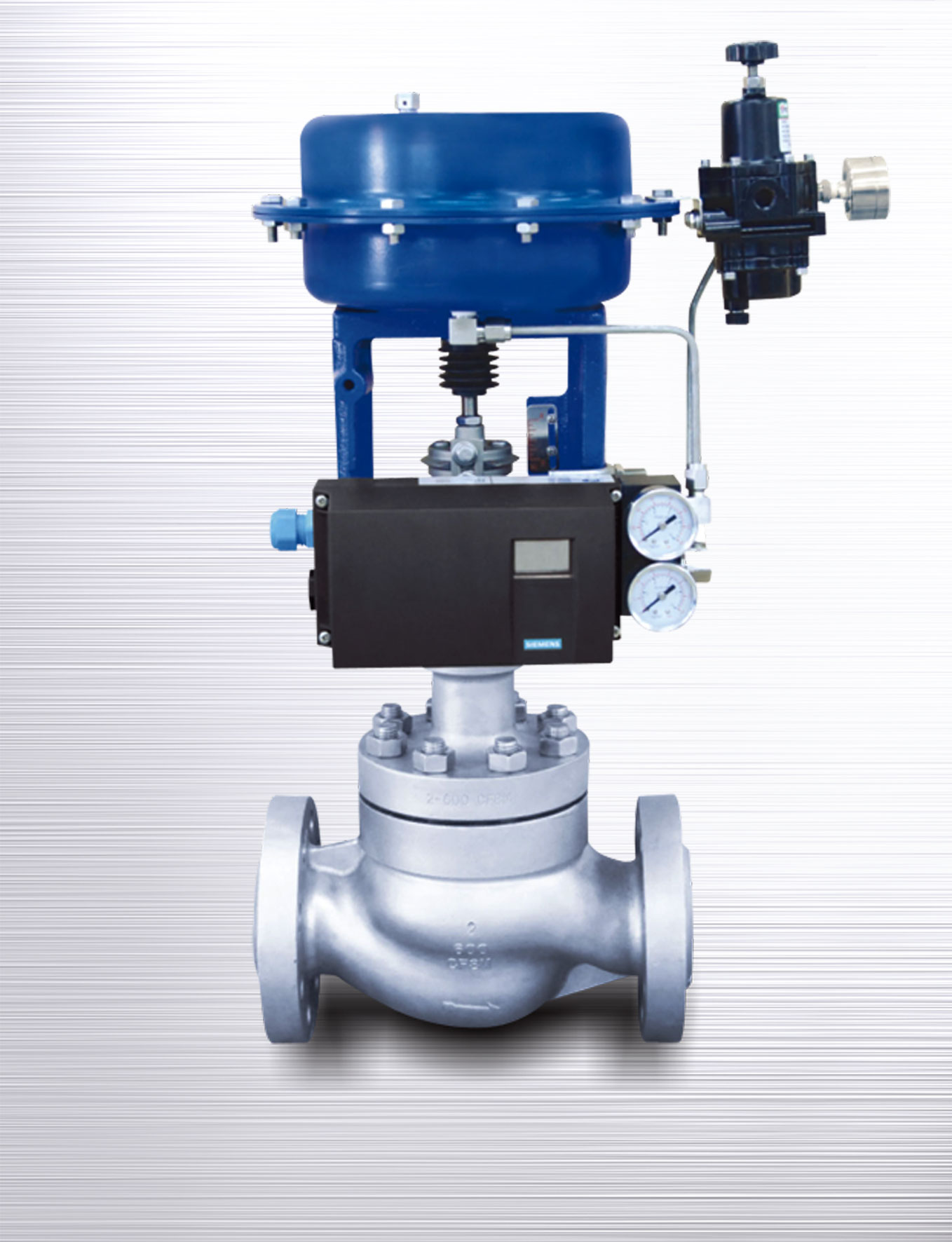How Control Valves Influence Power Performance in Industrial Settings
Wiki Article
Achieve Seamless Assimilation and Control With Quality Building Automation Controls
In the world of modern structure monitoring, the importance of top quality building automation controls can not be overstated. As modern technology continues to breakthrough, the integration and control of different systems within a structure have evolved to be more effective and innovative. The seamless operation and tracking of lights, COOLING AND HEATING, safety, and various other building functions have come to be vital for boosting occupant comfort, power performance, and overall operational performance. Nevertheless, the journey towards attaining real integration and control is a diverse one, with considerations ranging from system compatibility to cybersecurity. Welcoming top quality structure automation controls is not just an issue of ease but a critical important for companies intending to optimize their facilities' performance and sustainability.
Advancement of Building Automation Controls
Throughout the past few decades, the evolution of developing automation controls has actually considerably transformed the way structures are managed and operated. Originally, constructing automation systems largely focused on fundamental features such as regulating ventilation, air, and home heating conditioning (COOLING AND HEATING) systems. As technology progressed, these controls have come to be more sophisticated, permitting for a bigger range of structure systems to be integrated and taken care of centrally.The advancement of constructing automation controls has actually seen a change in the direction of even more intelligent systems that can adjust to transforming conditions in real-time. This versatility is important for maximizing energy effectiveness and ensuring resident convenience. In addition, modern building automation controls now use features such as predictive maintenance, remote tracking, and information analytics, enabling facility managers to make data-driven decisions to improve building performance.

Advantages of Top Quality Assimilation
The innovation in building automation regulates towards even more intelligent systems has underscored the substantial benefits of high quality integration in optimizing building operations and enhancing general effectiveness. This centralized control also gives far better presence and understandings into building efficiency, making it possible for proactive maintenance and optimization techniques. On the whole, the benefits of quality assimilation in building automation controls are undeniable, providing enhanced performance, convenience, and operational performance.Enhanced Customer Experience and Access
Enhancing customer communication with building automation manages with instinctive layout and enhanced accessibility raises the general experience for residents and center managers alike. By concentrating on user experience, developing automation systems can end up this post being extra efficient and easy to use. Instinctive user interfaces, clear navigation, and adjustable setups empower users to interact with the controls conveniently and successfully.Accessibility features play an important function in guaranteeing that all people, consisting of those with specials needs, can utilize the structure automation manages effortlessly. Integrating features such as voice commands, tactile switches, and color-contrasted display screens can improve access and make the controls more inclusive.
In addition, improved customer experience brings about greater user complete satisfaction, boosted efficiency, and better decision-making. Occupants can readjust ecological settings according to their choices, while facility supervisors can successfully take care of and monitor structure systems - control valves. Generally, prioritizing individual experience and availability in structure automation regulates adds to a much more seamless and effective building setting for all stakeholders entailed
Sustainable Practices Through Automation

In addition, automation can assist in the combination of renewable resource resources such as photovoltaic panels or wind generators into structure procedures. By immediately readjusting energy use based upon the accessibility of sustainable energy, structures can further minimize their dependence on non-renewable sources. This smooth combination of sustainable techniques not just profits the atmosphere however additionally boosts the general functional efficiency and cost-effectiveness of the building. With automation, structures can straighten with contemporary sustainability goals and add to a greener future.
Future Trends in Structure Control Systems
One popular fad shaping the future of structure control systems is the increased assimilation of Artificial Intelligence more helpful hints (AI) and maker understanding. Furthermore, the Internet of Points (IoT) is changing structure control systems by connecting sensing units and devices to boost and simplify operations efficiency.
An additional key pattern is the focus on cybersecurity actions to protect versus prospective dangers to constructing automation systems. As buildings become more interconnected, guaranteeing durable cybersecurity methods will be necessary to protect delicate data and prevent unauthorized accessibility.
Additionally, the shift towards cloud-based platforms is gaining energy, permitting streamlined control and remote access to structure systems. This promotes much easier tracking, upkeep, and updates, enhancing the general efficiency and adaptability of structure control systems. As modern technology remains to development, these fads are anticipated to form the future landscape of building automation controls, driving advancement and sustainability in the built atmosphere.
Verdict
Future trends in structure control systems are most likely to focus on additional improving automation capacities for boosted energy effectiveness and overall performance. It is essential for building proprietors and operators to prioritize the adoption of quality structure automation regulates to optimize building operations and attain long-lasting sustainability goals.In the realm of modern structure management, the significance of high quality building automation controls can not be overstated. In general, the advancement of structure automation manages continues to drive advancement in the structure administration sector, using new opportunities for creating smarter and extra sustainable structures.
The improvement in building automation controls in the direction of more intelligent systems has underscored the considerable benefits of top quality combination in enhancing building procedures and enhancing total effectiveness. Overall, focusing on customer experience and accessibility in building automation controls contributes to a much more seamless and effective building atmosphere for all stakeholders included.
It is vital for building proprietors and operators to focus on the adoption of quality building automation regulates to enhance structure procedures and attain lasting sustainability objectives. - control valves
Report this wiki page